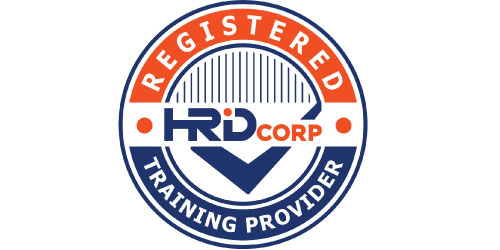Turning Data
Into Profits
Turning Data
Into Profits

Problem:
Nowadays, manufacturing companies. face intense economic and competitive pressure.Many companies manage their business and operation information within an integrated ERP or SAP system. However, the actual process and quality control environment is still very often managed manually.
Typically, when a manufacturer implements a quality control procedure that involves measuring something, they start by purchasing a measuring instrument (e.g. a caliper, micrometer,height gage, bore gage, force gage, CMM, etc.) from one of the many metrology companies.
The manufacturer might then develop a procedure for measuring their parts where someone is given the task of taking measurements and writing them down on a piece of paper. The measurements would then be keyed into either a spreadsheet or a dedicated SPC software program for analysis by an engineer. Obviously this method has some potential pitfalls since people are involved in the manual data collection and data entry part of the process. Manual data entry is slow and tedious and people make mistakes.
Solutions:
A more accurate and more efficient approach to data collection is to enter da. The manufacturer might then develop a procedure for measuring their parts where someone is given the task of taking measurements and writing them down on a piece of paper. The measurements would then be keyed into either a spreadsheet or a dedicated SPC software program for analysis by an engineer. Obviously this method has some potential pitfalls since people are involved in the manual data collection and data entry part of the process. Manual data entry is slow and tedious and people make mistakes.ta from your measuring instruments directly into a spreadsheet or SPC program. Most measuring tools today are available with some form of electronic output making it possible to connect the instrument to data loggers, printers or to a computer, thereby eliminating the steps of manually writing down measurements and typing them in.

Automating data collection removes all possibility of human error and it also allows for real time data analysis. In addition to collecting an accurate computerized record, it is also possible to control an entire process based on the input from the tools that you use to measure the process. This type of automation creates an extremely efficient process designed to maintain the manufacturers’ quality control standards.
Benefits




Blue Ocean Data Solutions is a highly experienced company provides turnkey manufacturing solutions. With more than 10 years of experience serving a large customer base in manufacturing and hands-on expertise in programming, software and statistical data analysis combine with six sigma and lean manufacturing methodology, we assist our clients to solve complicated operation problems – yielding profitability increases and driving service and product delivery excellence.
Company
Contact Us